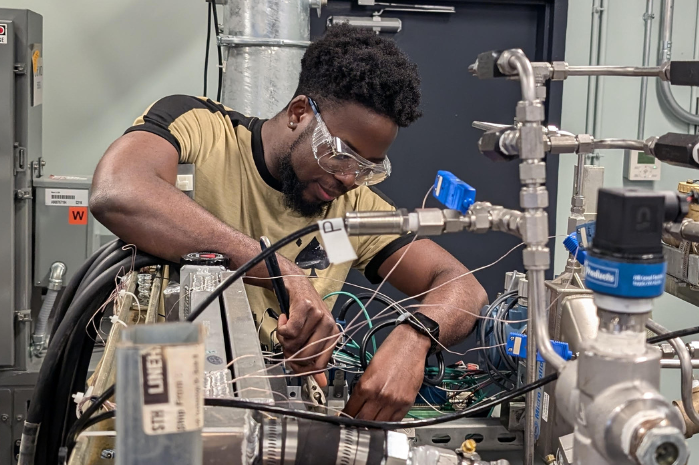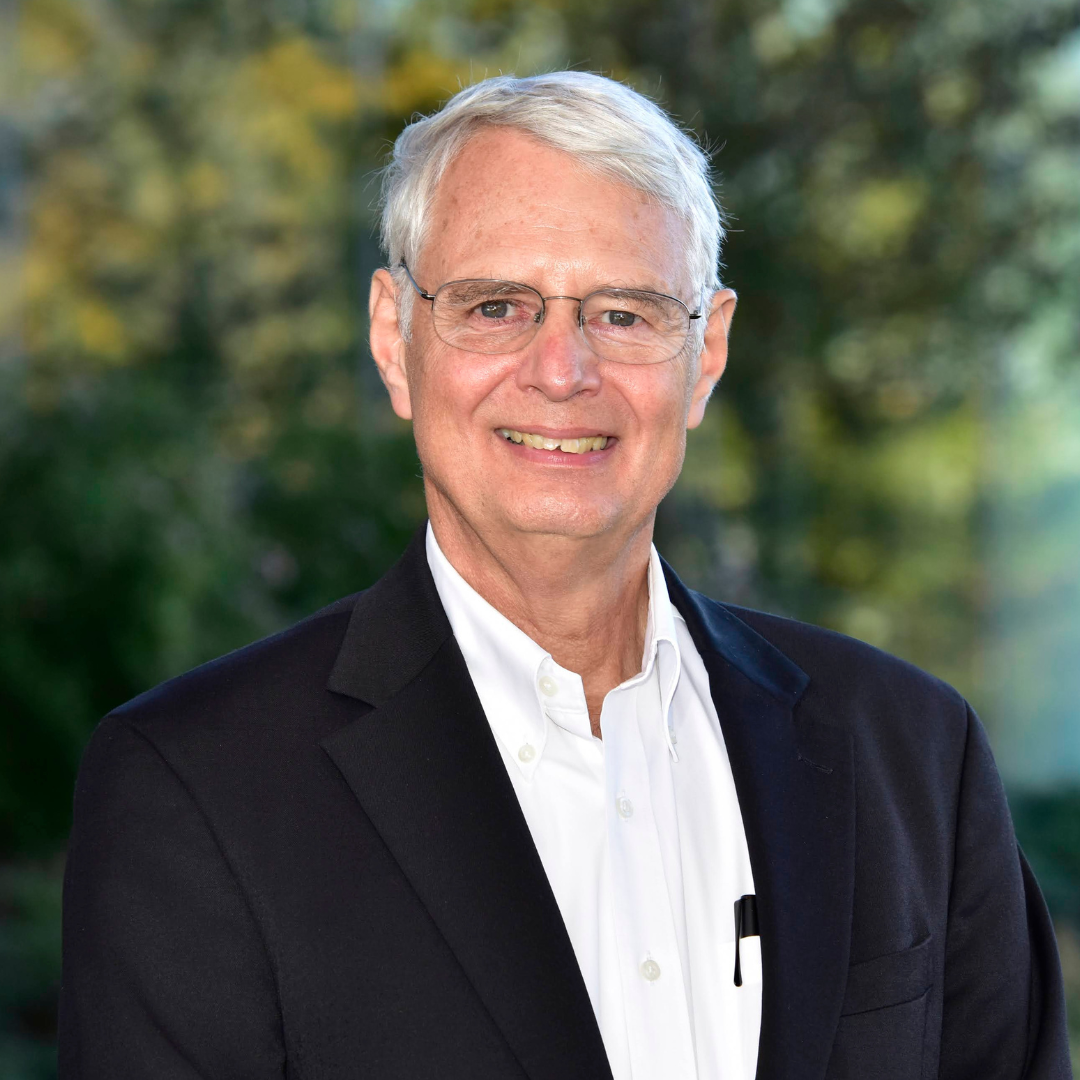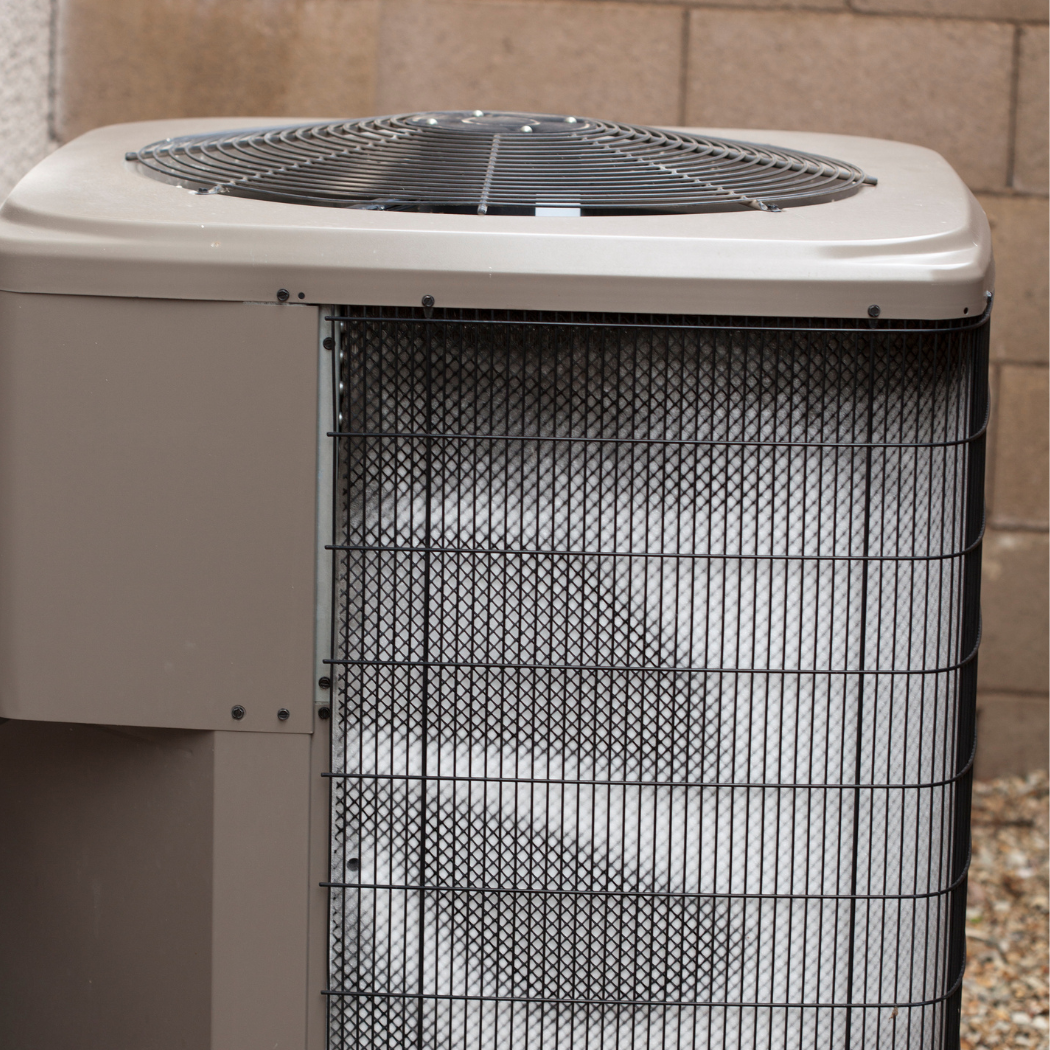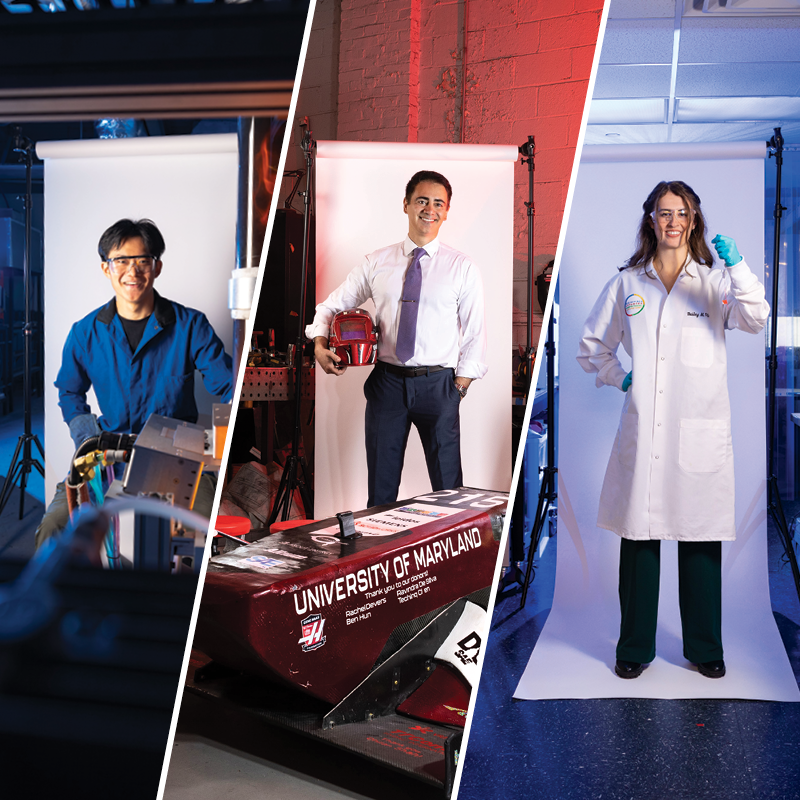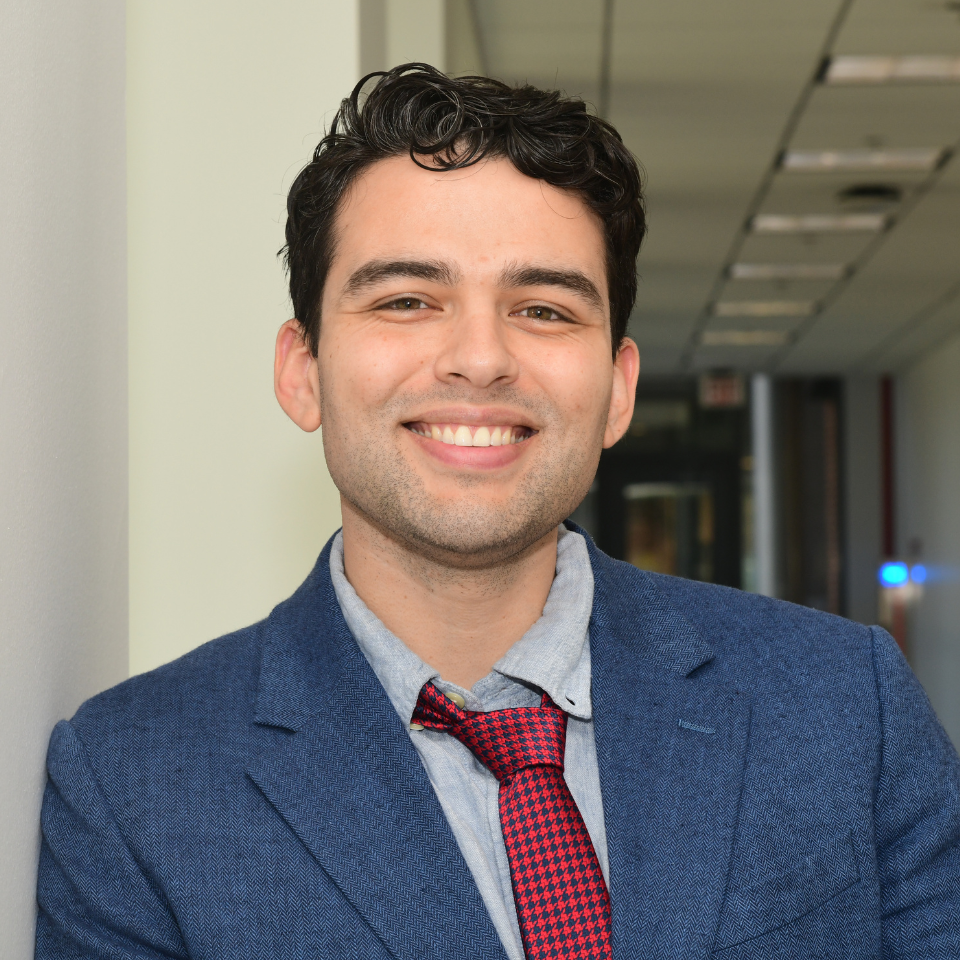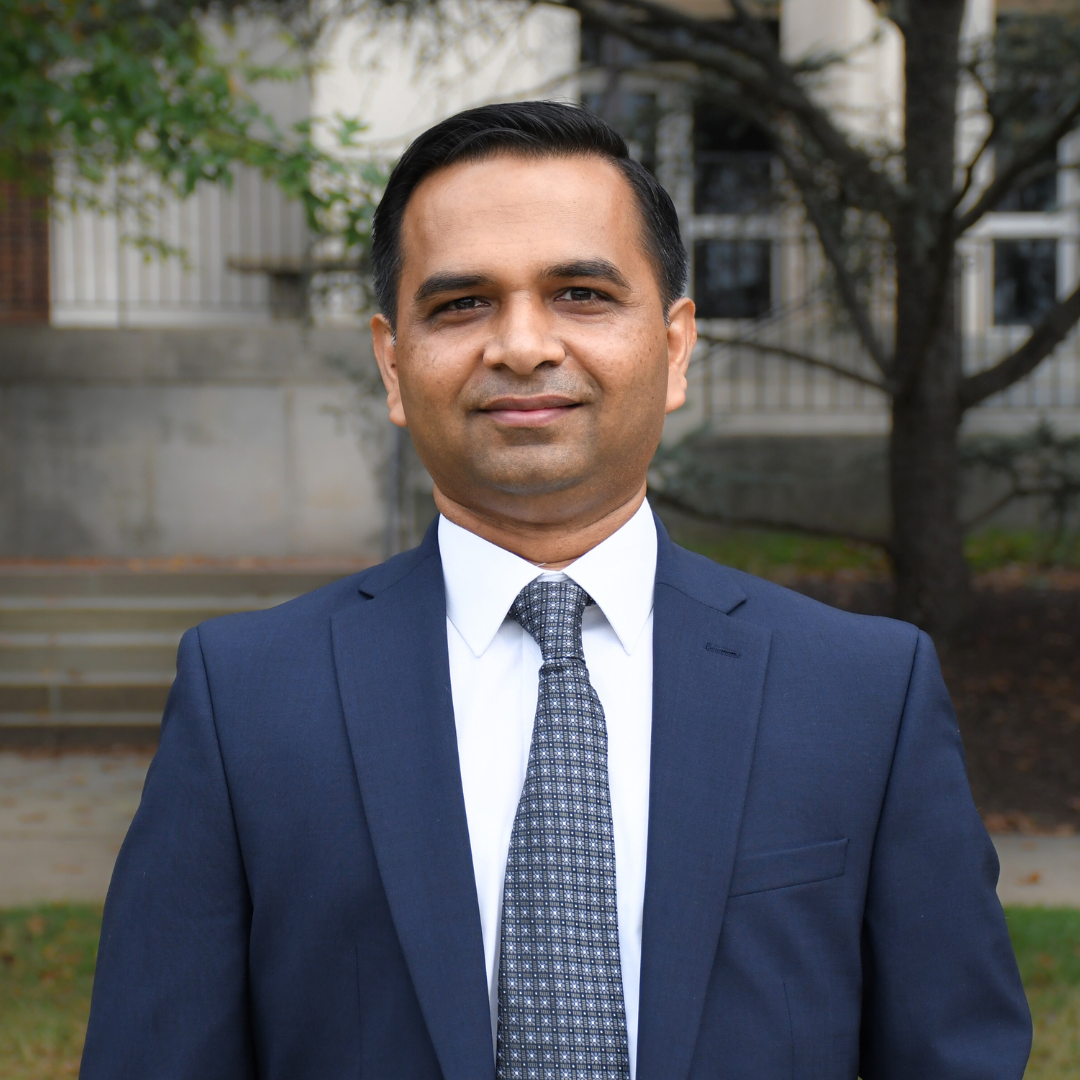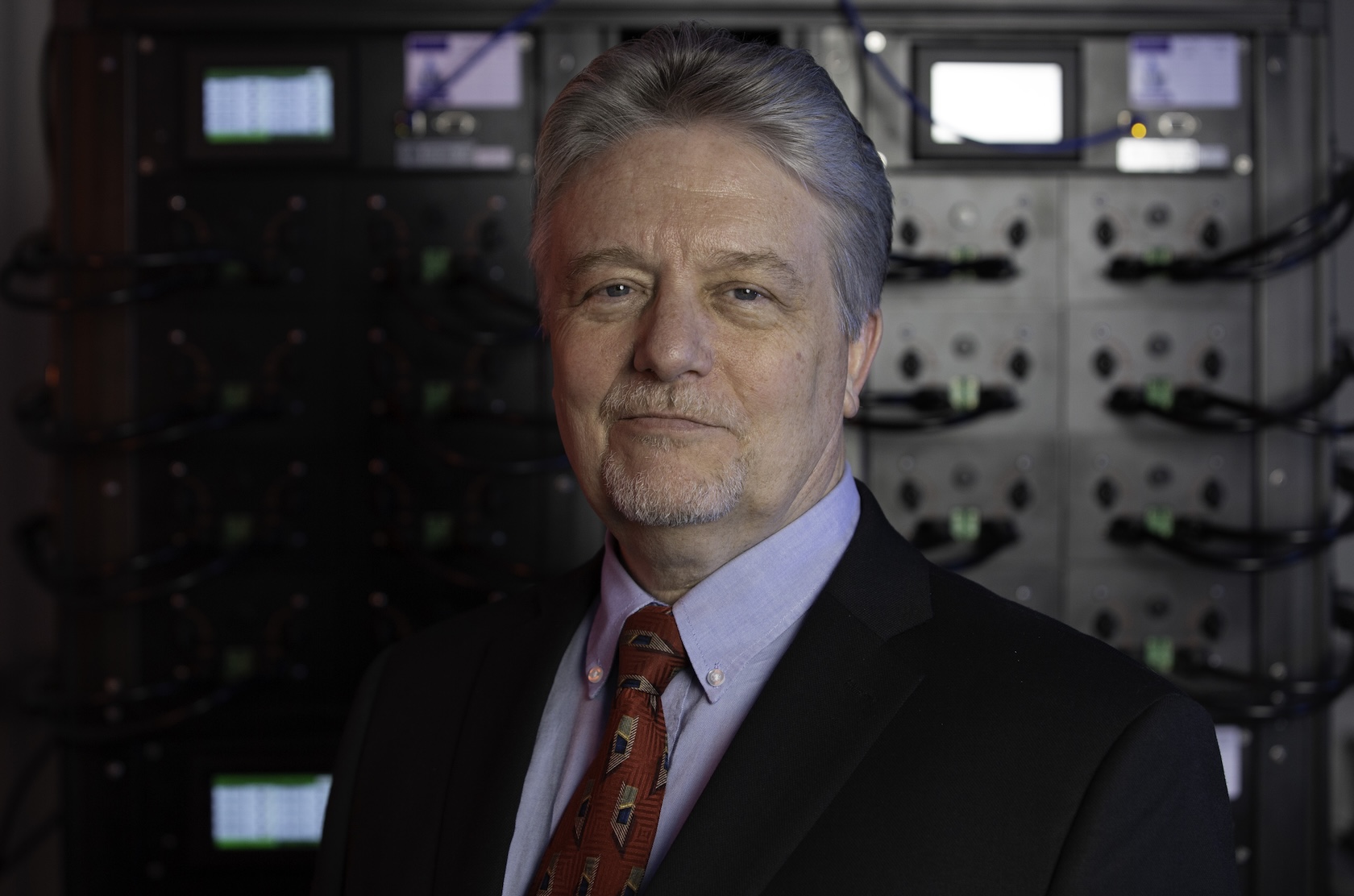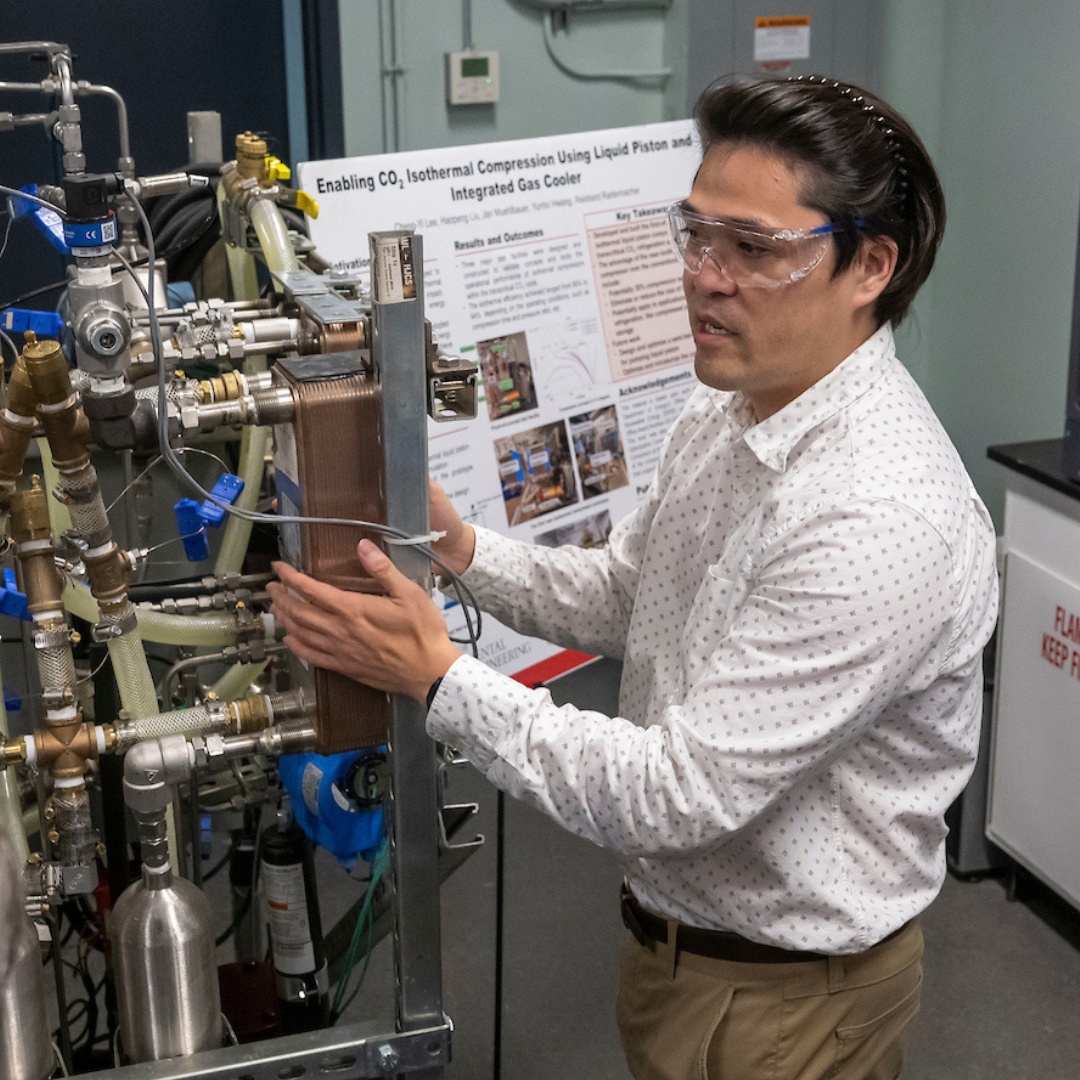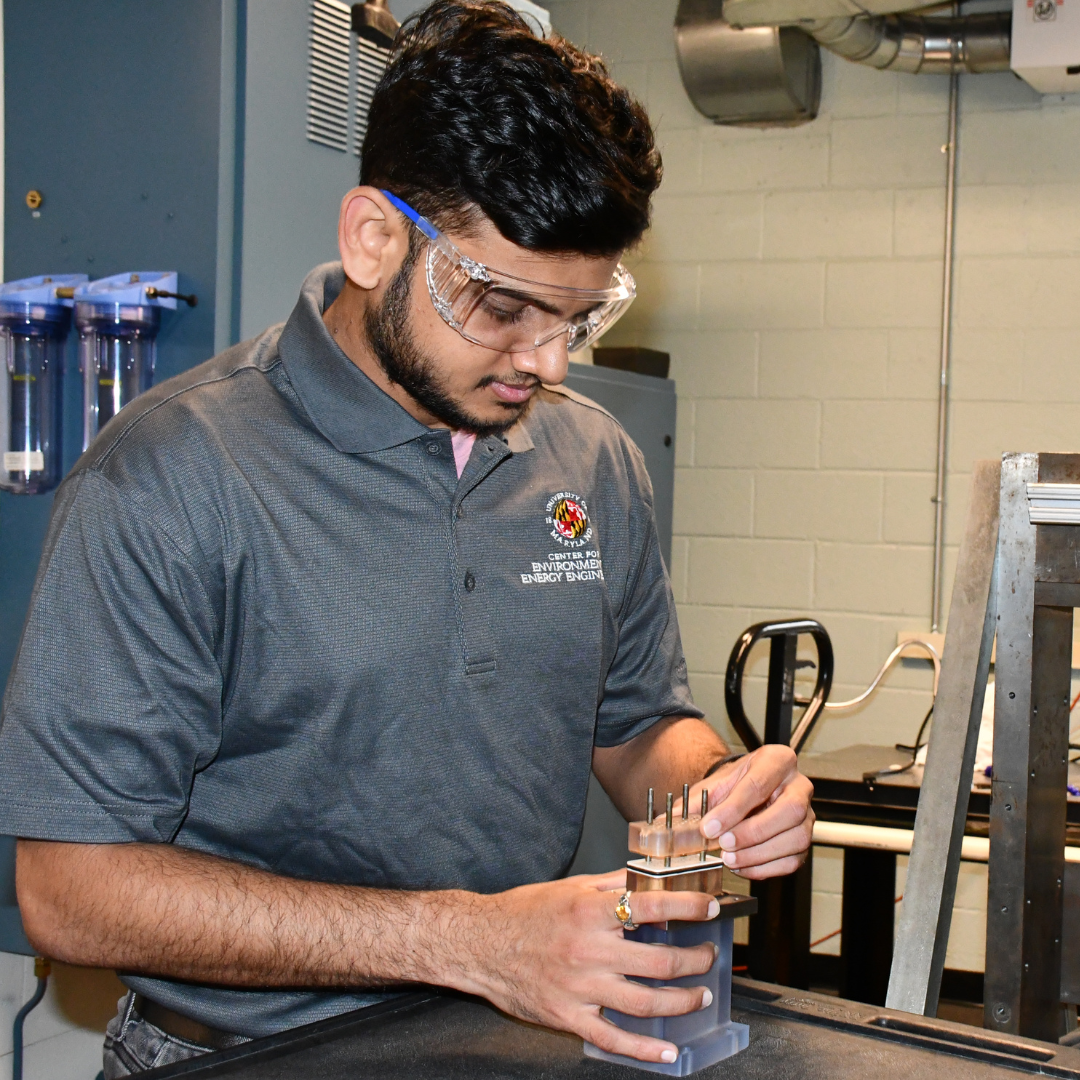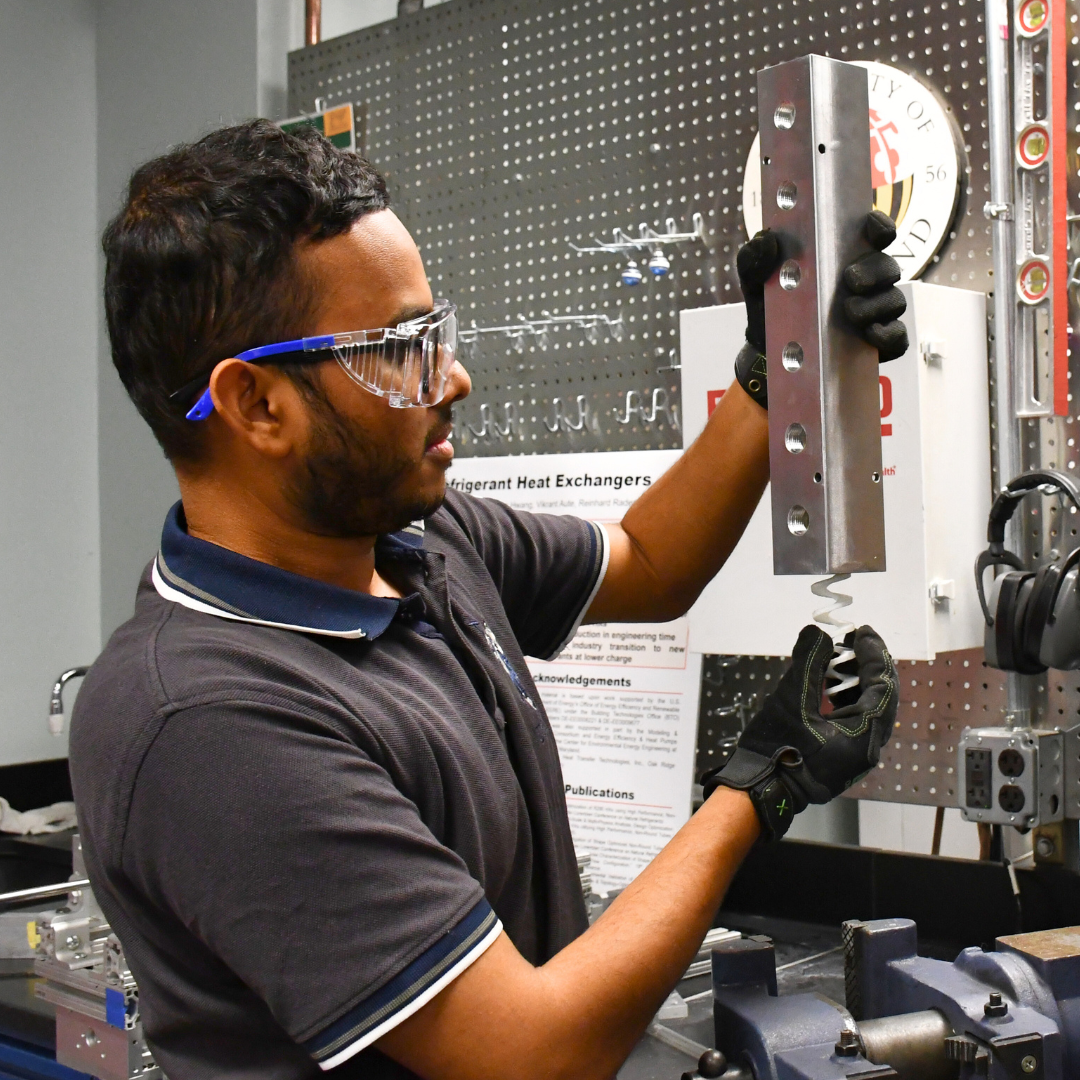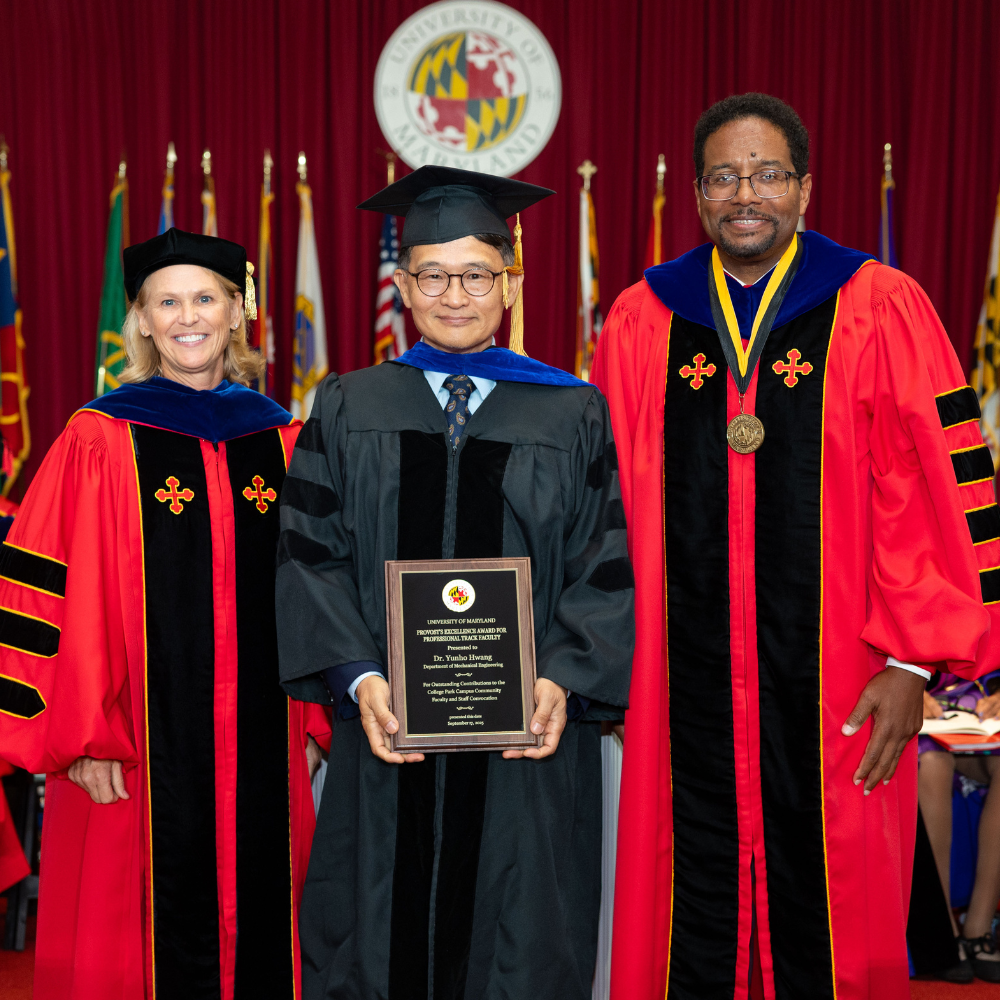News Story
Danke, CEEE . . . Grad Students Traveled to Germany to Coach Makeathon Teams

CEEE graduate student Dana Kang coached makeathon students as they engineered their projects, including a drone that transports a cleaning robot for solar panels.
When a group of Maryland high school students traveled to Germany this summer for an intensive 10-day makeathon event that challenged their budding engineering skills, they brought two important resources from the University of Maryland – mechanical engineering students Dana Kang and Tamoy Seabourne, both graduate research assistants with the UMD Center for Environmental Energy Engineering.
The CEEE researchers coached students from the German International School Washington D.C. in Potomac, Maryland, and Germany’s Gymnasium Höchstadt, as they raced to engineer robotic prototypes that address everyday challenges. The makeathon — a “marathon” of “making” a prototype — offered a way to immerse high school students in the engineering process.
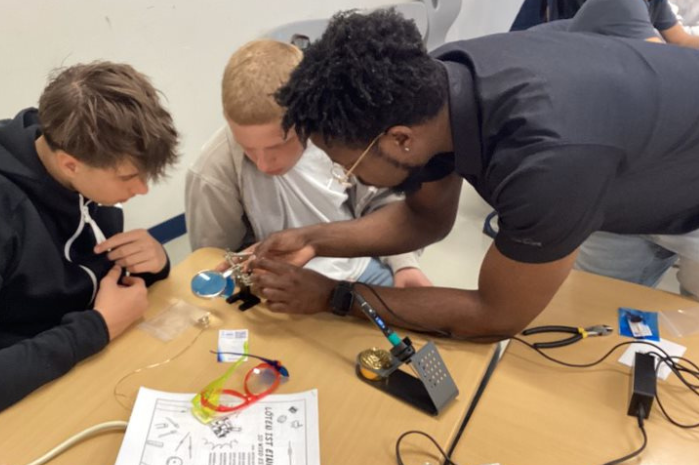
Tamoy Seabourne, a CEEE graduate research assistant, helped lead hands-on engineering workshops that prepared students from the German International School for the makeathon.
Like most marathon competitors, the high school students spent months training for the big event. Throughout the Spring 2025 semester, Kang and Seabourne led the German International School students in monthly training workshops that introduced engineering skills, like soldering, circuitry, coding, and 3D modeling and printing. Instead of running laps or lifting weights, the students wired, wrote code and created computer aided designs. The workshops were offered as part of an extracurricular activity for ninth through 11th grade students.
“Our job was to give them the skills they needed to complete their projects,” says Seabourne, a third-year doctoral student. Some participants were as young as 14 and had no technical background. The training sessions brought them up to speed. “It was nice to see how far they came along and how much they were able to understand,” he says.
The workshops sparked student interest in STEM by providing hands-on experience and positive role models. “It was fulfilling to see them genuinely enjoying the learning process,” says Kang, a second-year master’s student. “They were having fun with soldering and 3D printing. It was also nice to connect with them on a personal level as a mentor. There were only three girls out of the 10 students, and we talked about being a woman in STEM and what it’s like to study mechanical engineering.”
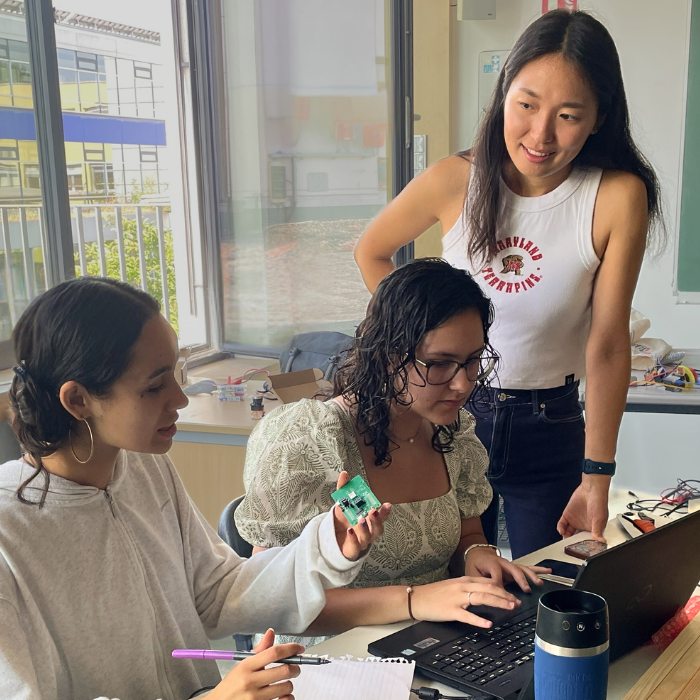
Dana Kang mentored makeathon participants, including those developing a helper robot to carry heavy items.
Throughout the spring, the U.S. students also met online with their training buddies – students from partner school Gymnasium Höchstadt in Germany’s Bavaria region. In five virtual sessions, mixed teams of students from Germany and the United States developed three innovative project ideas – a drone that transports a cleaning robot for solar panels, a robot that detects and sorts trash, and a robot that follows people, transporting their heavy items.
After months of strengthening their engineering skills, the U.S. contingent, accompanied by their STEM teachers and the UMD coaches, traveled to Höchstadt, Germany, in June for the makeathon, where they spent a week working together with their German teammates to actualize their designs. It wasn’t a smooth road to success – there were wiring mishaps, coding difficulties and even an electrical fire that was quickly extinguished. But with every pothole and detour along the way, the program’s coaches guided the students back onto a path toward success. “A lot of the things that they tried failed, so you have to help them readjust,” Seabourne says.
Kang notes, “we weren’t there to tell them what approach to take, but to help them troubleshoot when they ran into difficulties.”
The drone team frequently called upon the mechanical engineering expertise of CEEE’s engineers, including their experience with structural design, 3D printing and motors. Kang and Seabourne drew on engineering skills they’ve honed at CEEE’s Daikin Energy Innovation Laboratory, where they develop efficient and sustainable heat pump technologies.
“Dana and Tamoy’s involvement has been truly invaluable,” says Steffi Colopy, the German International School’s STEM coordinator. “Our students thoroughly enjoy working with them and benefit immensely from their support.”
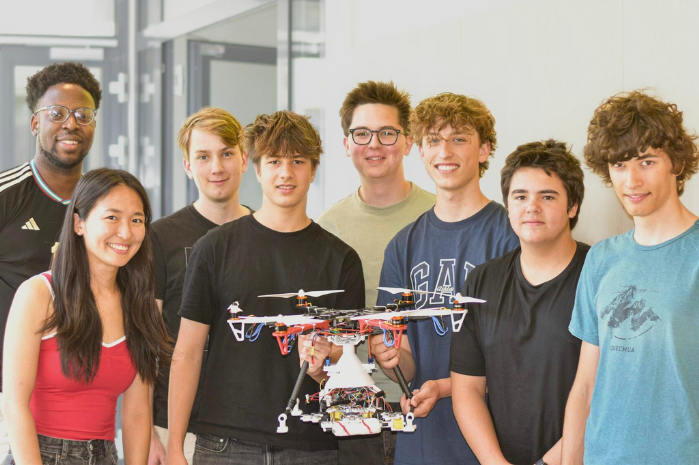
Tamoy Seabourne (top, left) and Dana Kang (bottom, left) with the team of makeathon students who developed a drone for transporting a cleaning robot.
For Kang and Seabourne, it was rewarding to see the high school students succeed. “The aim is to shoot for the stars . . . and hope you land somewhere that's good,” Seabourne says. “And, they did!” In terms of the drone project, the idea literally got off the ground, but still needs work. The students engineered an accompanying cleaning robot – similar in concept to today’s vacuuming robots – but it’s too heavy for the drone.
In November, the German students will travel to the German International School in Potomac, Maryland, and team members will collaborate on how to further develop and optimize their designs. As part of that experience, the U.S. and German students will visit UMD and tour the Daikin Lab to see where Seabourne, Kang and their colleagues are innovating the next generation of heating and cooling technologies.
Published August 18, 2025
